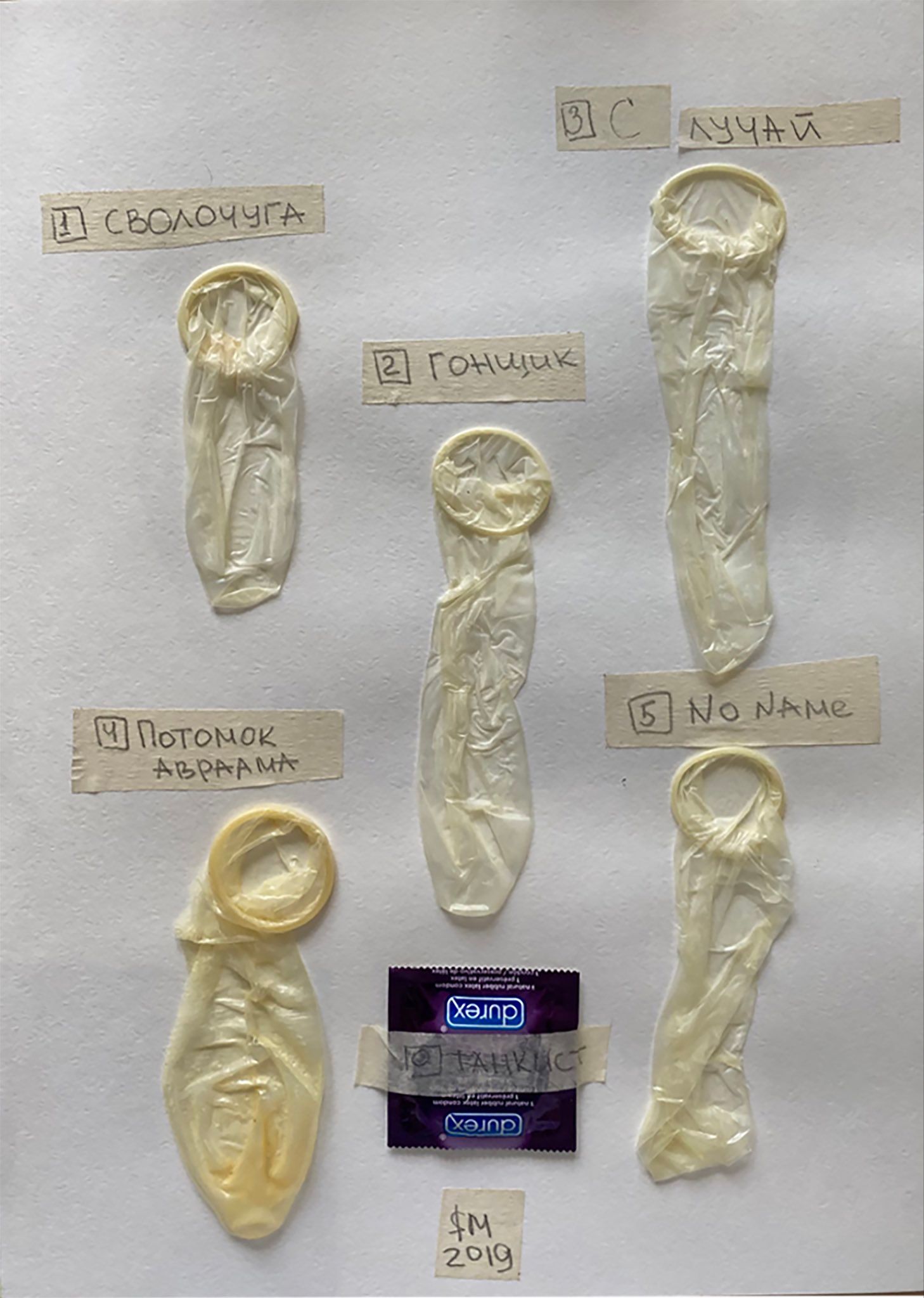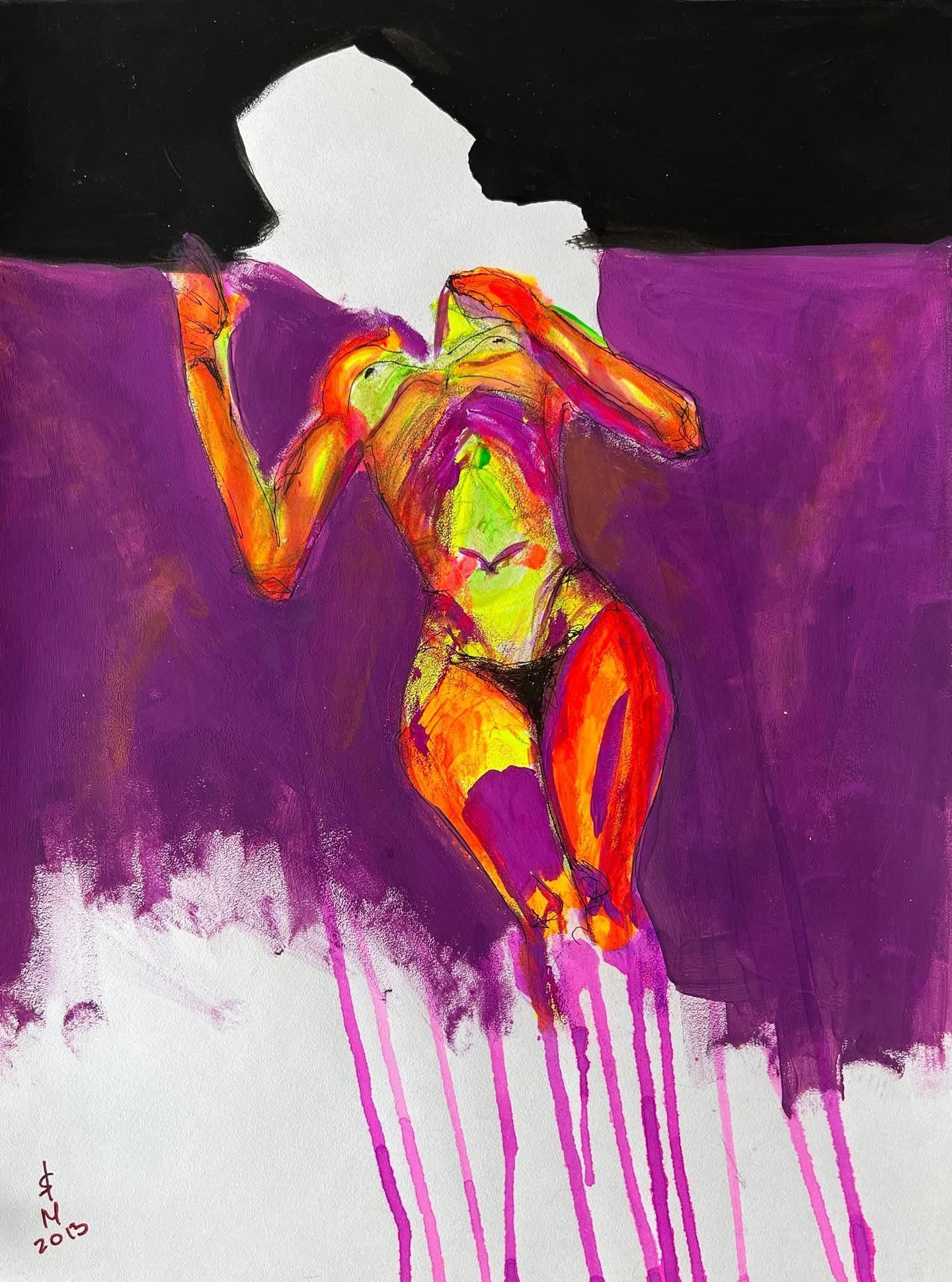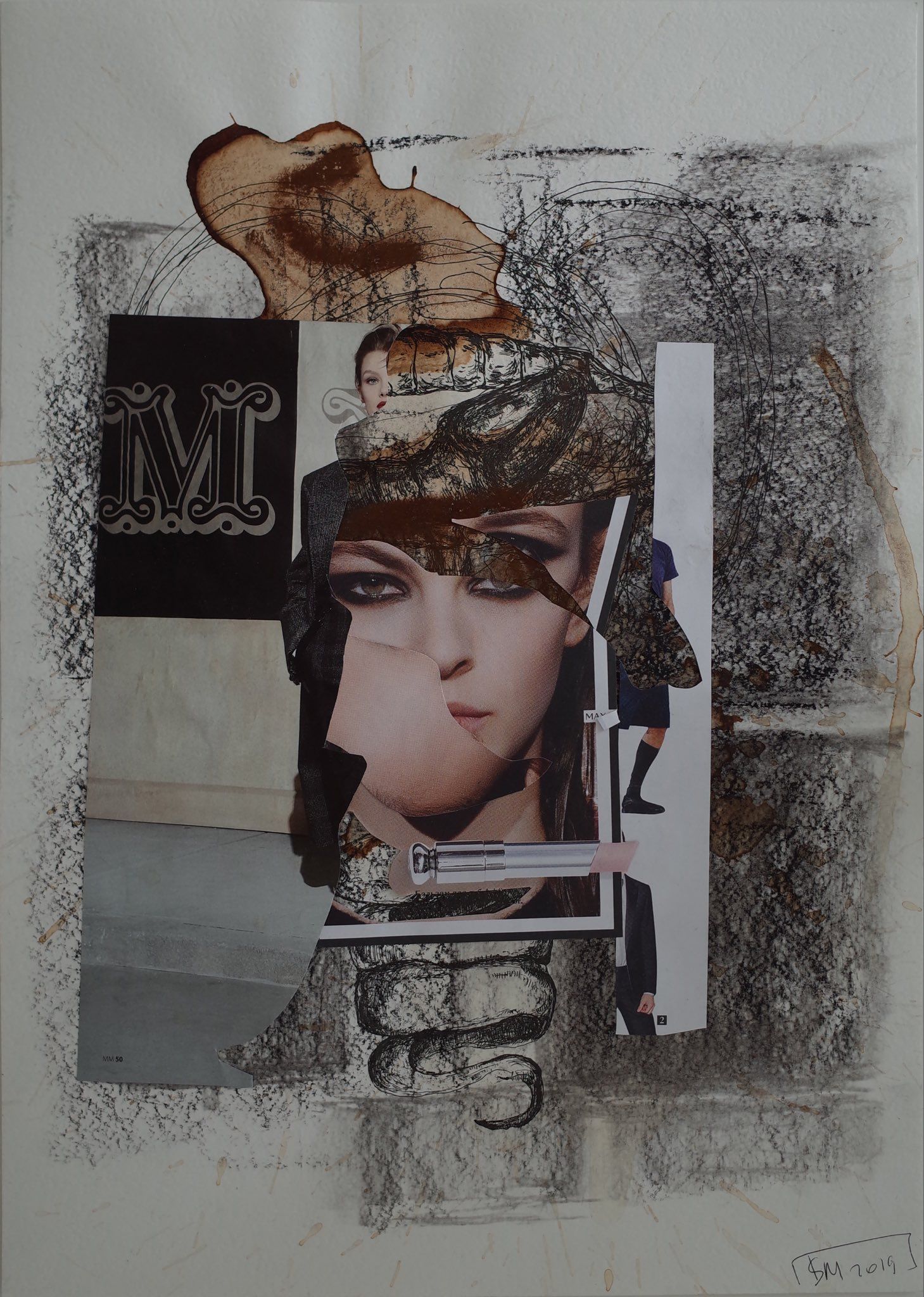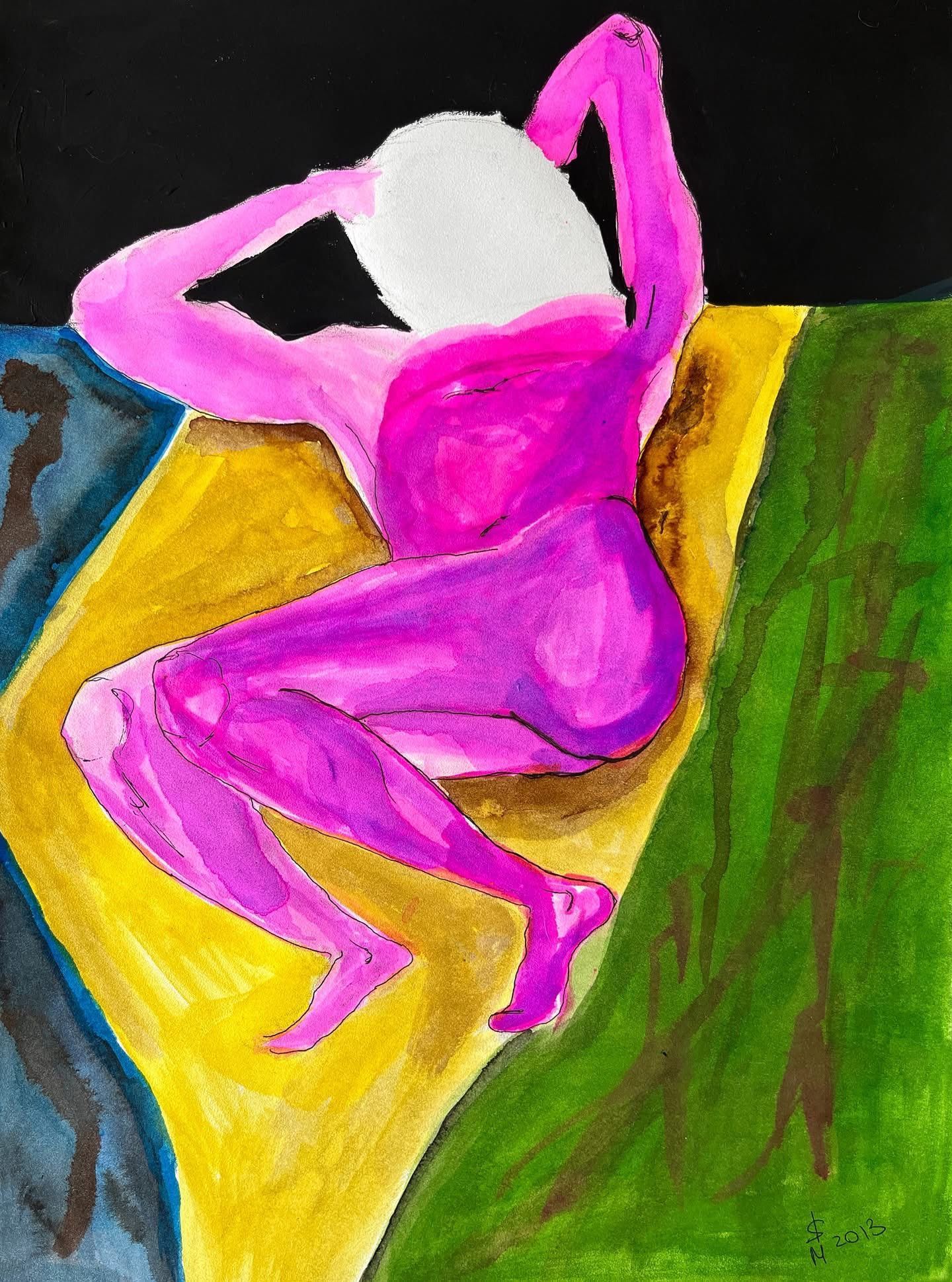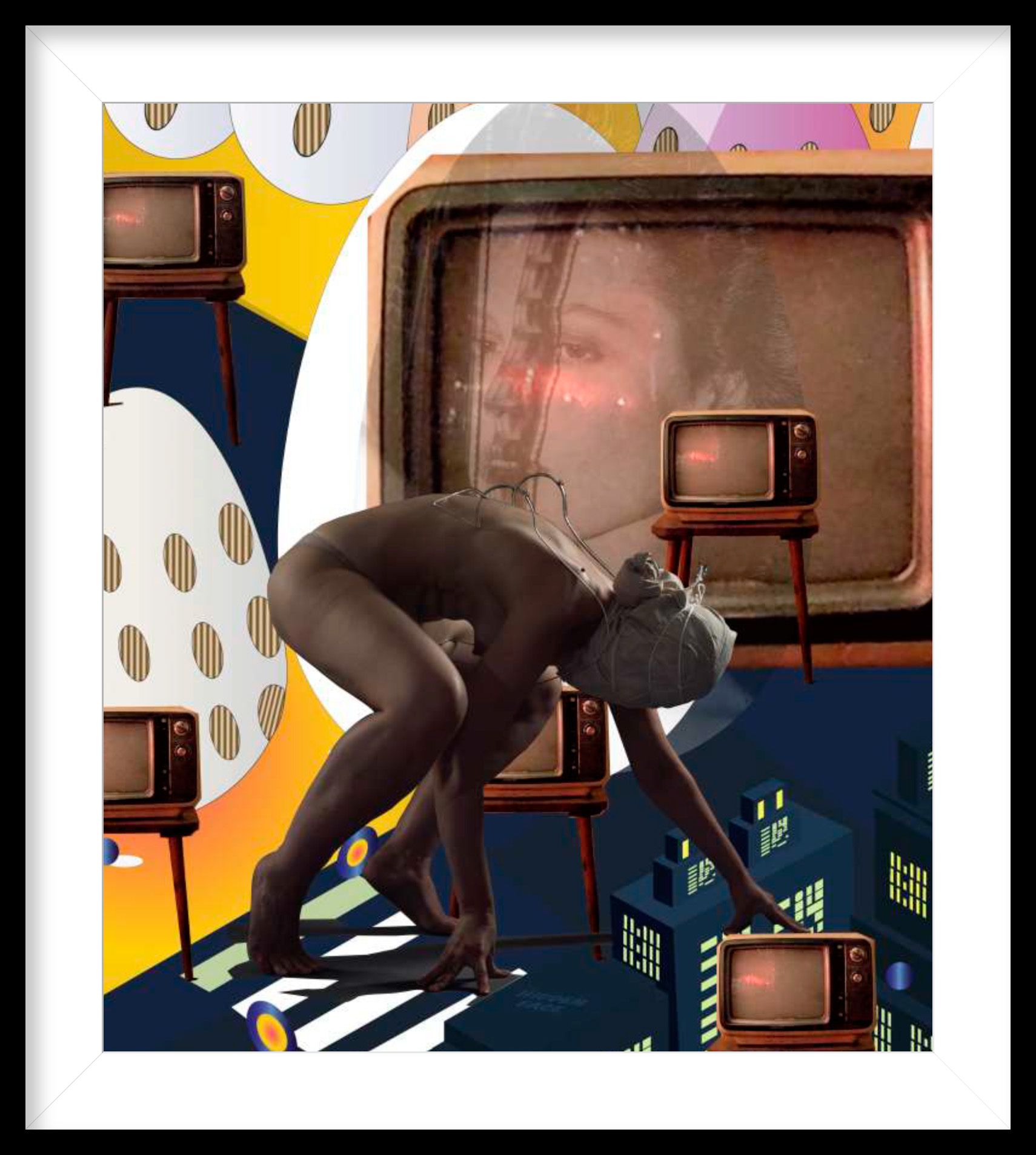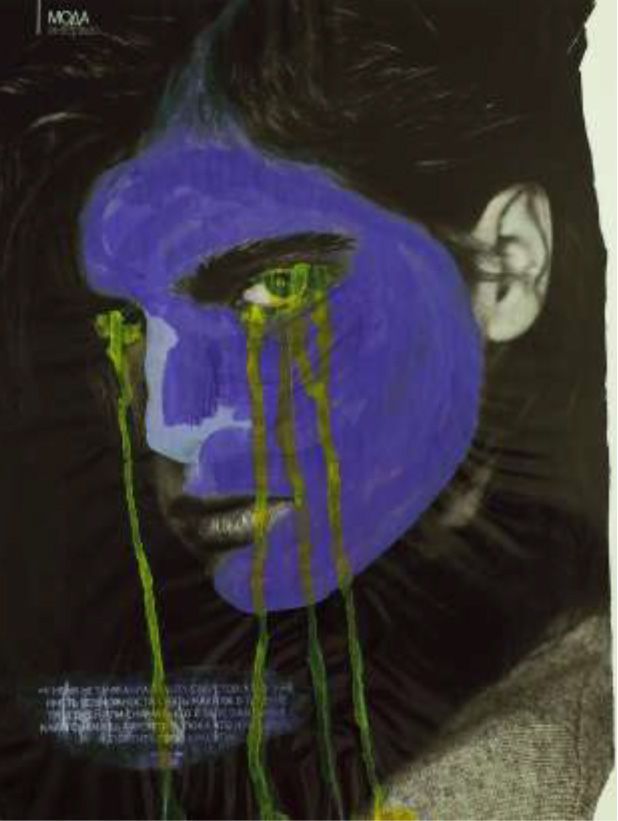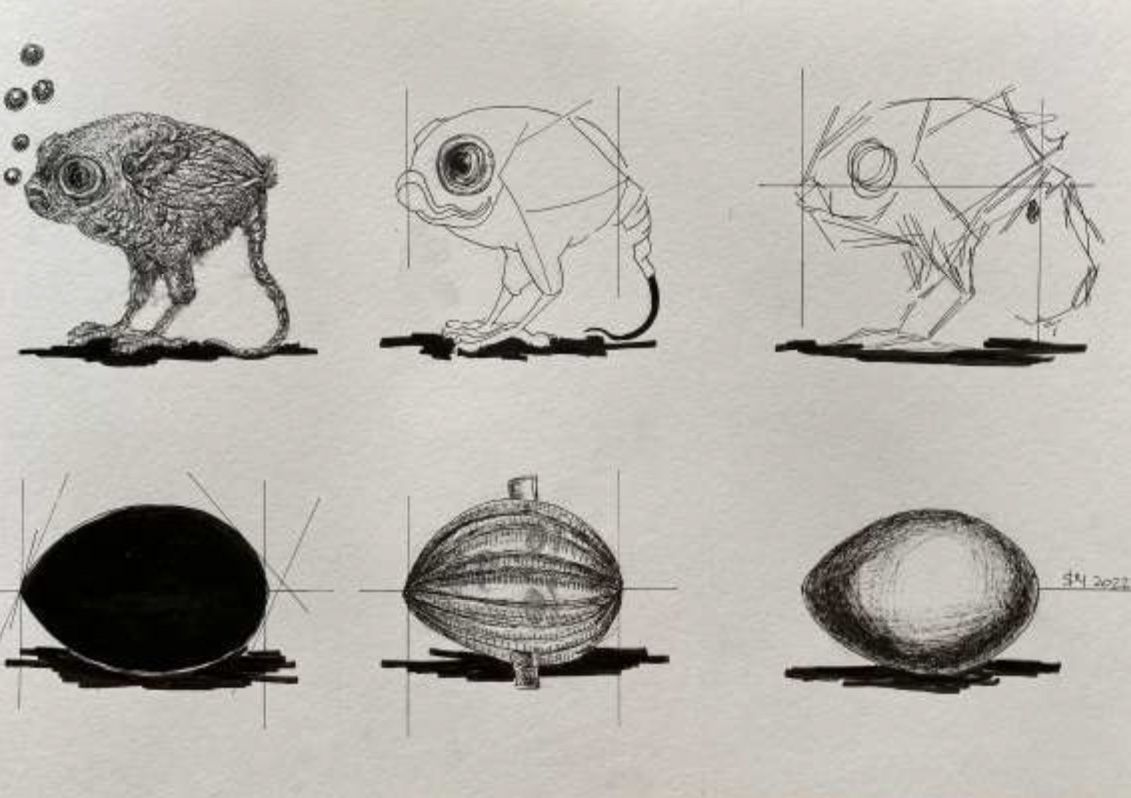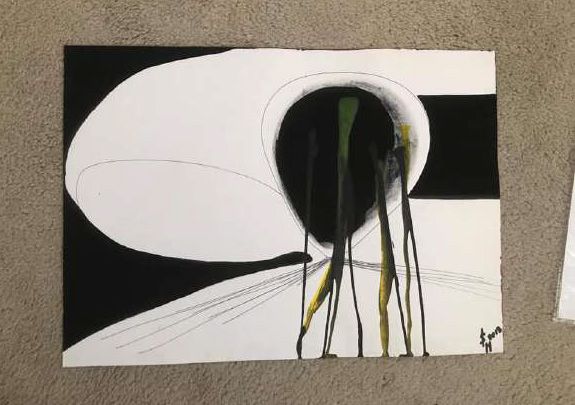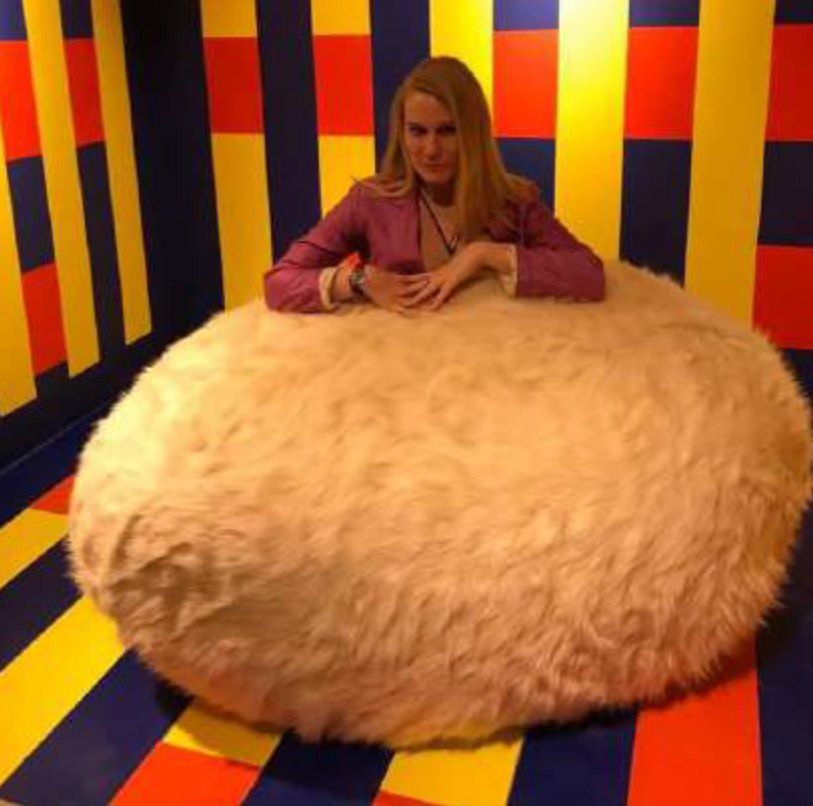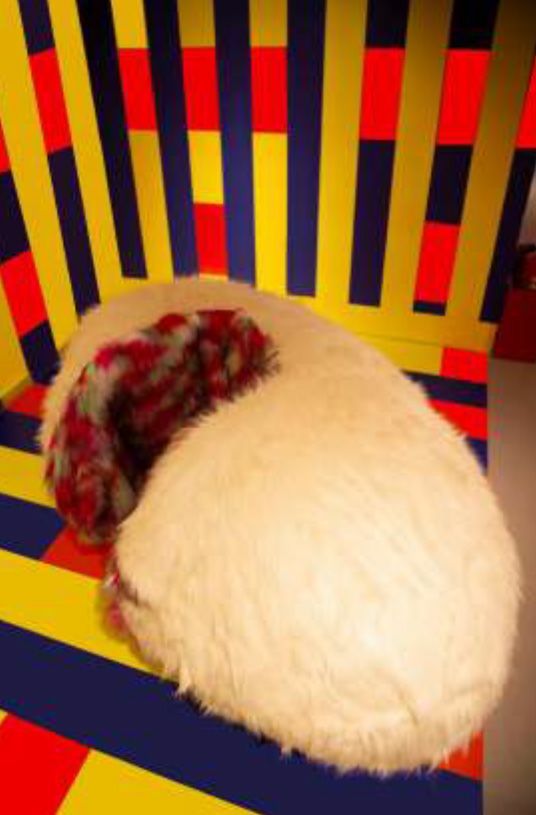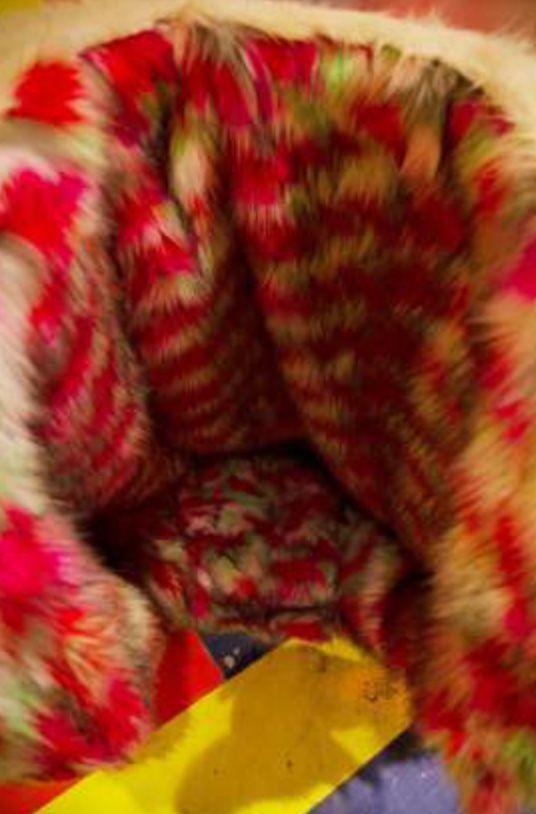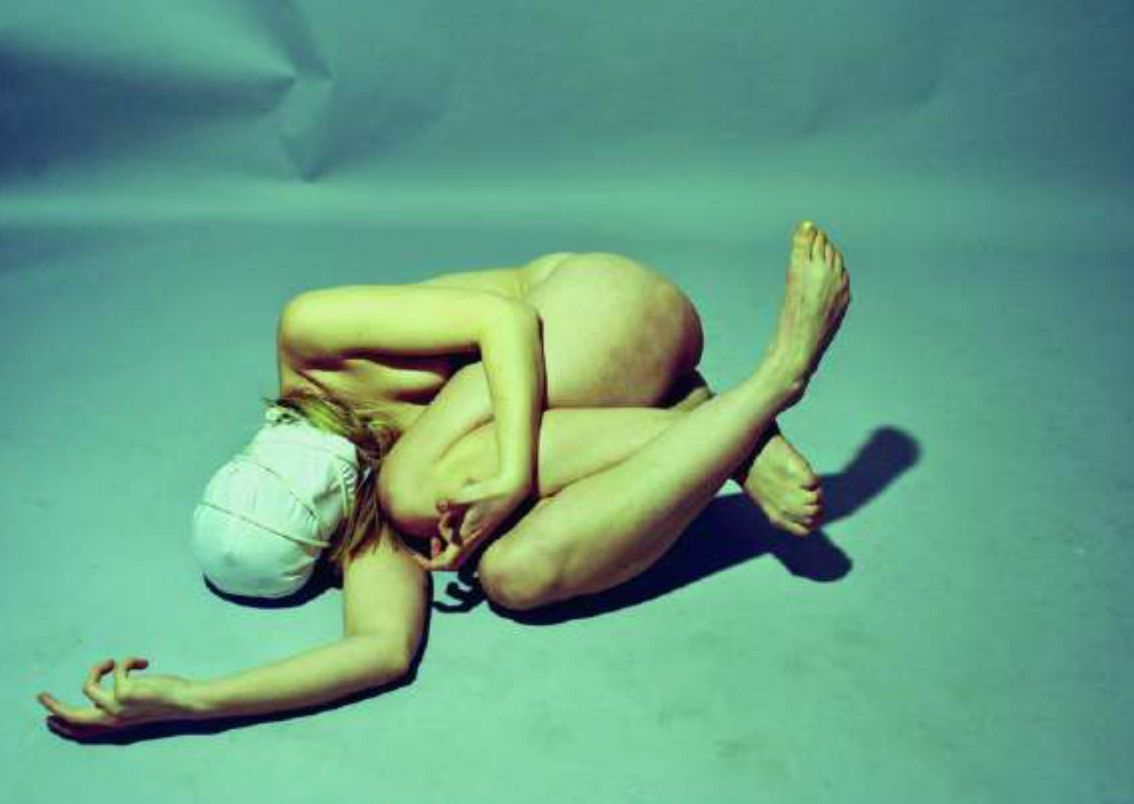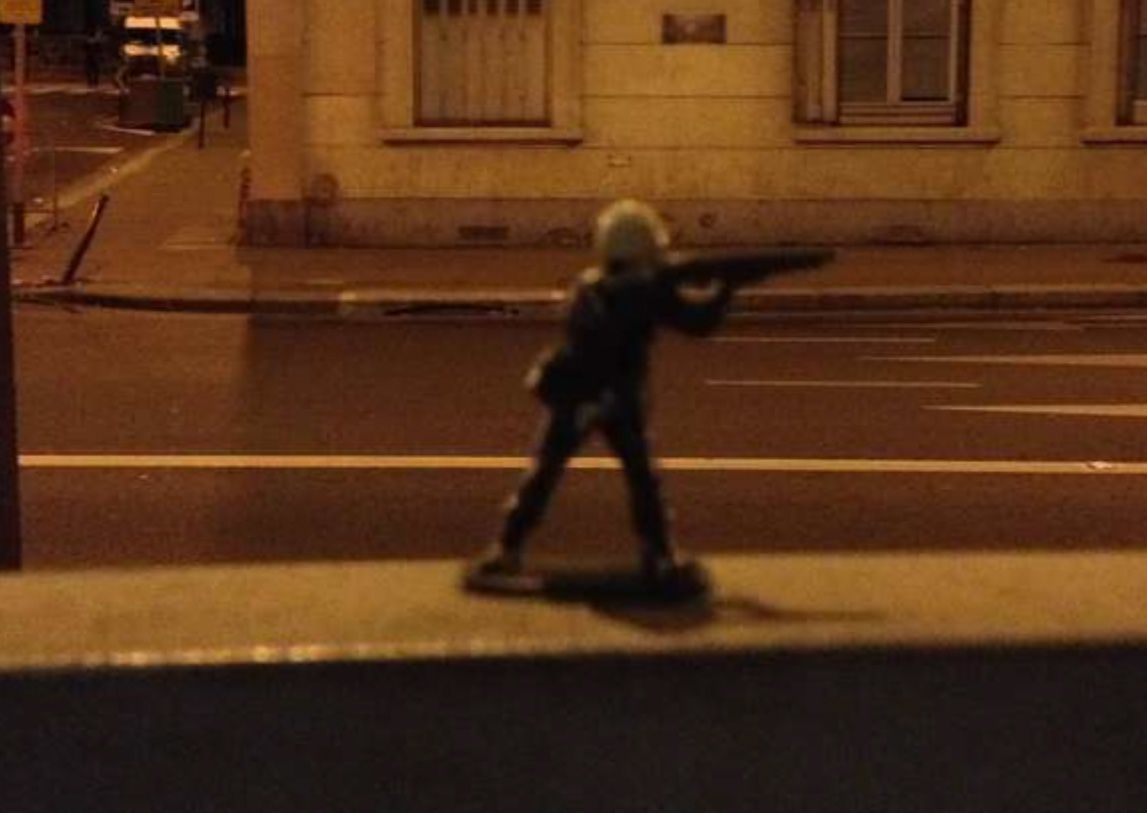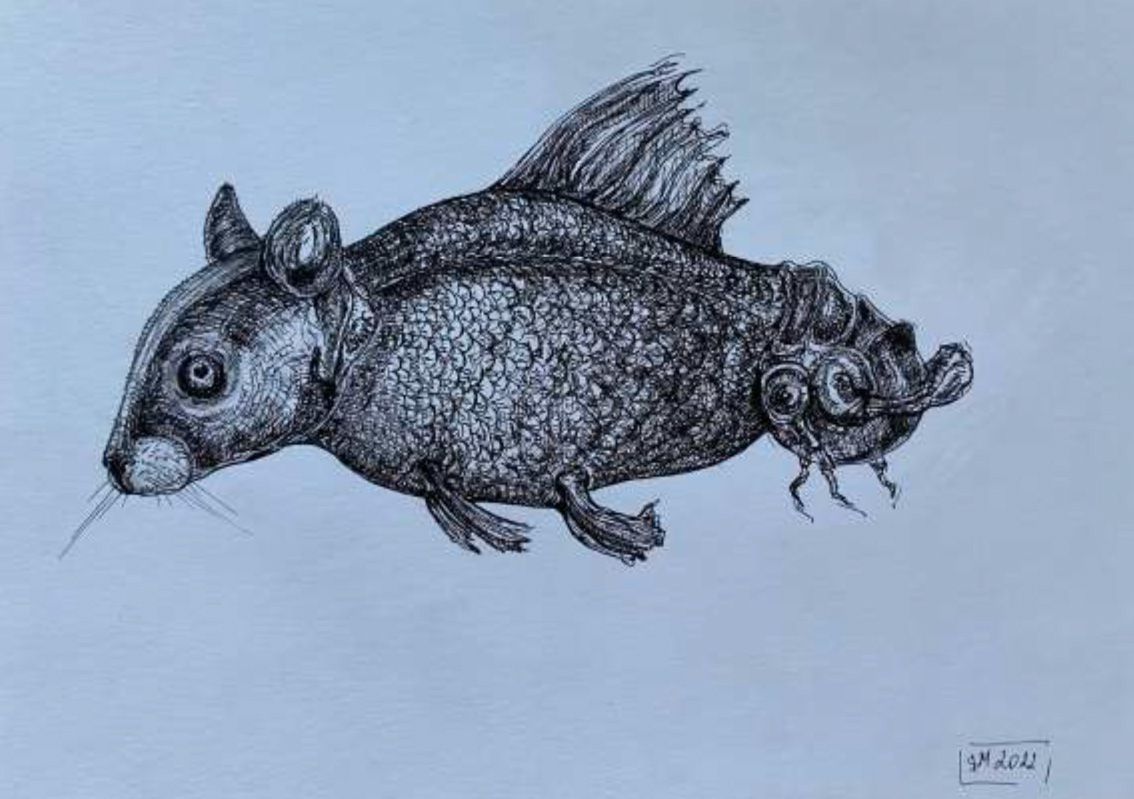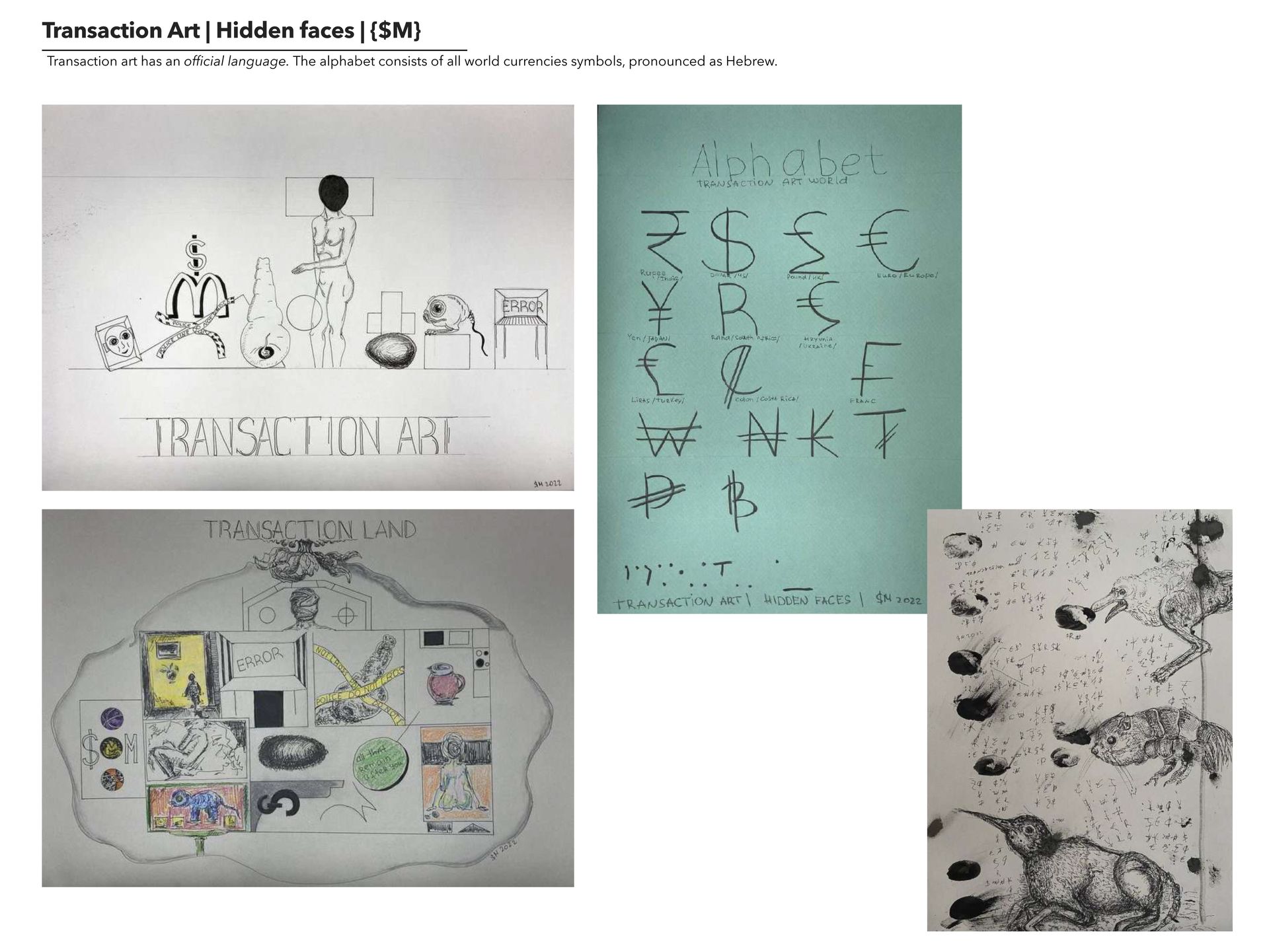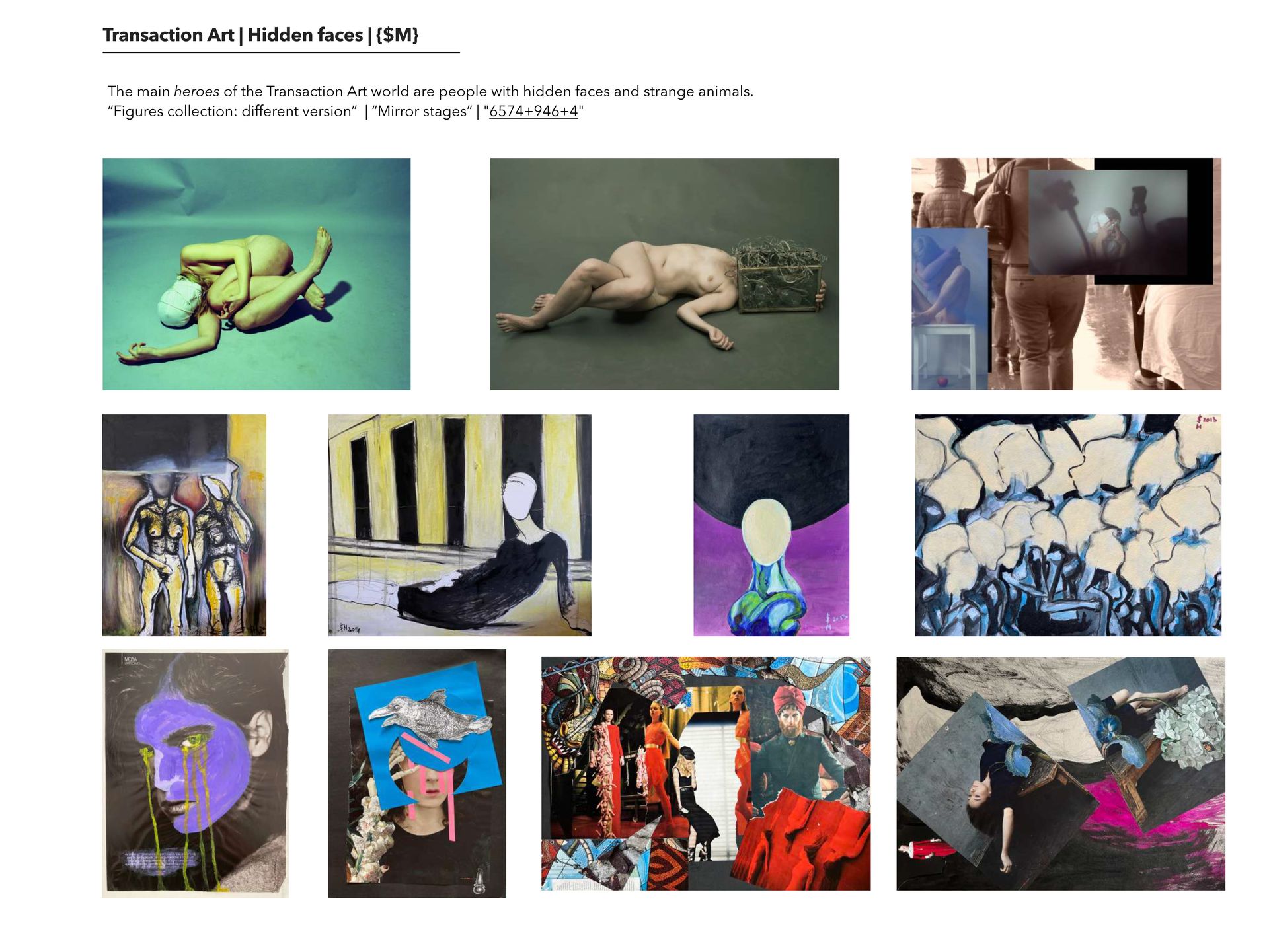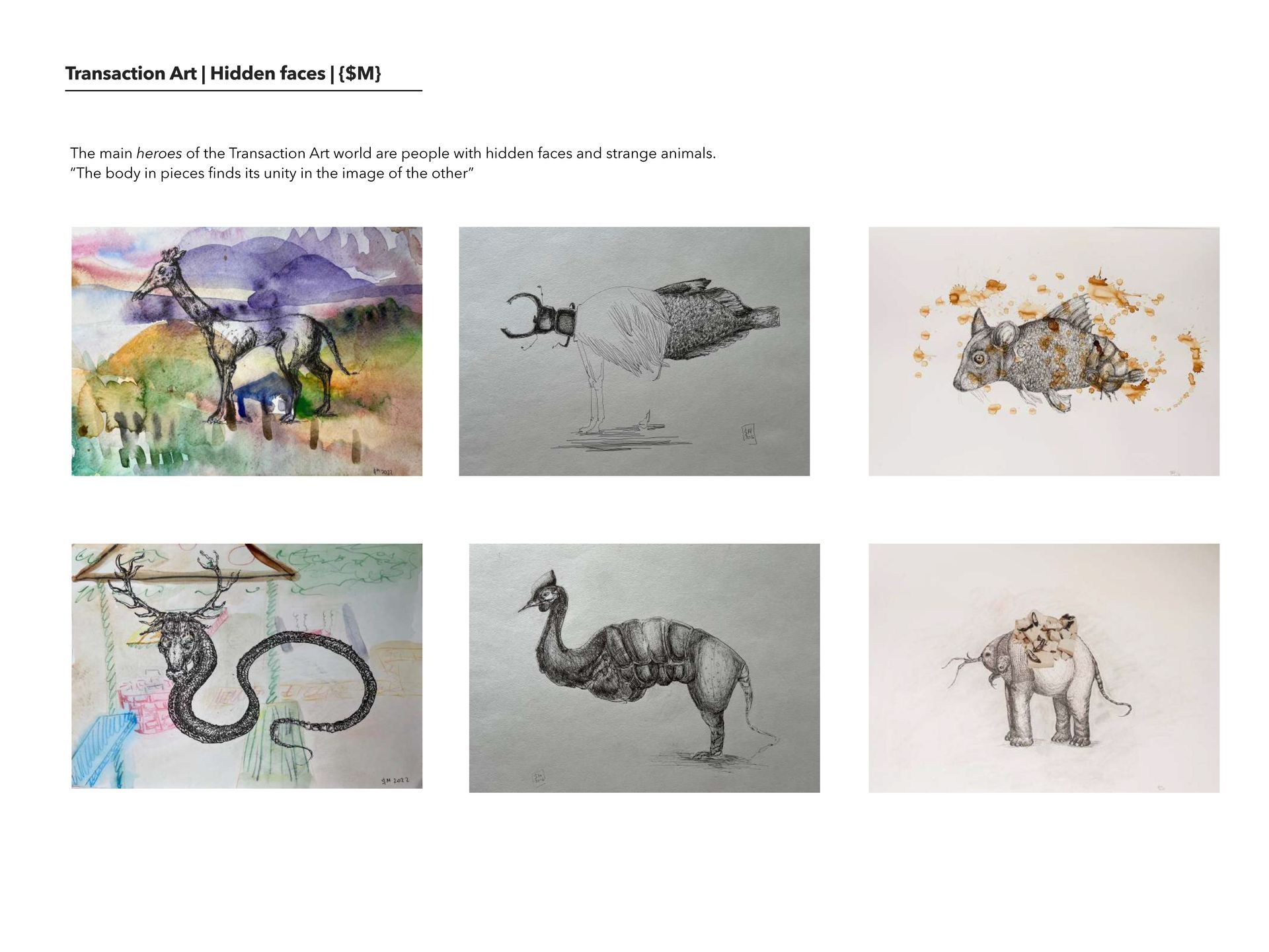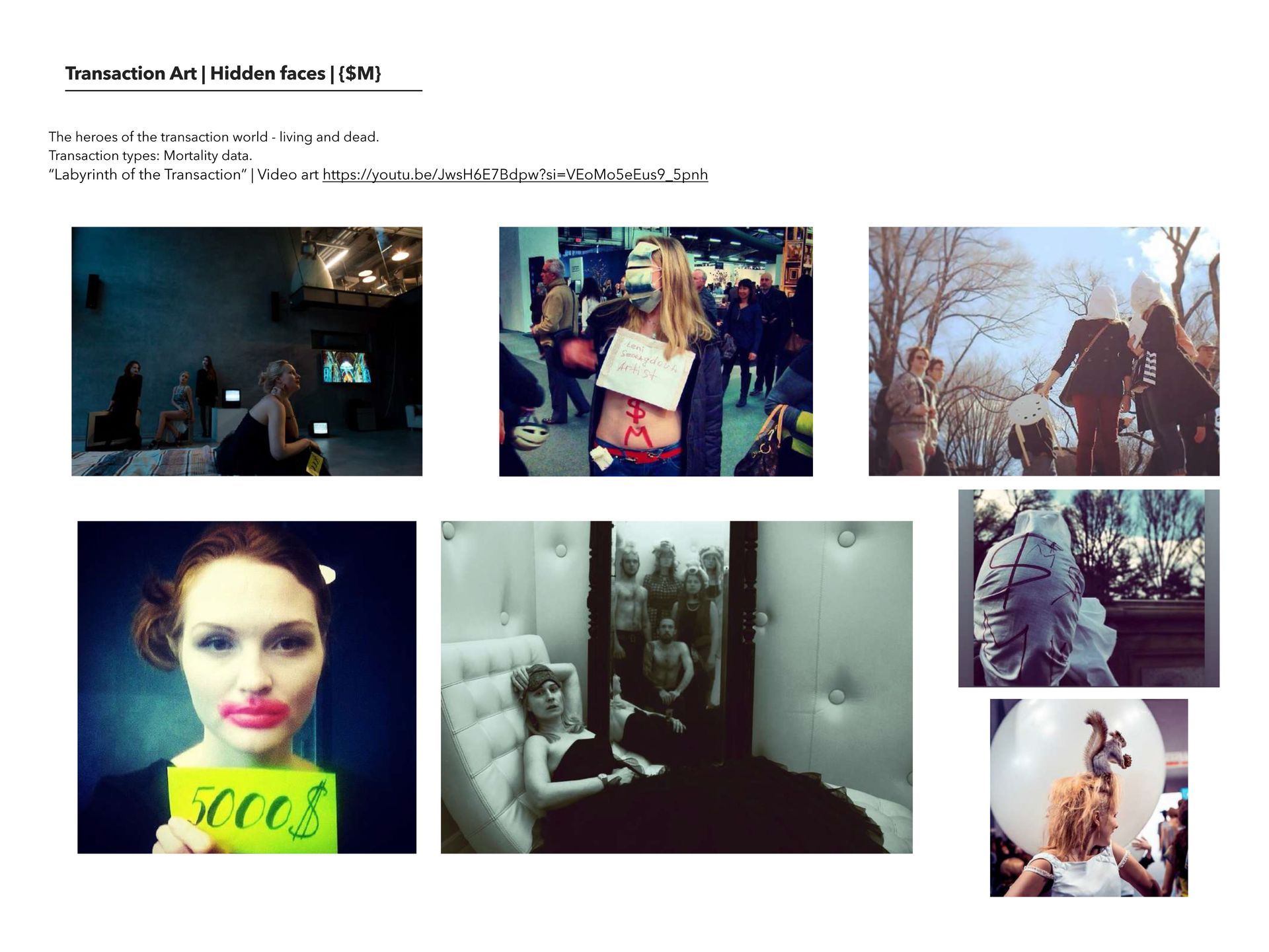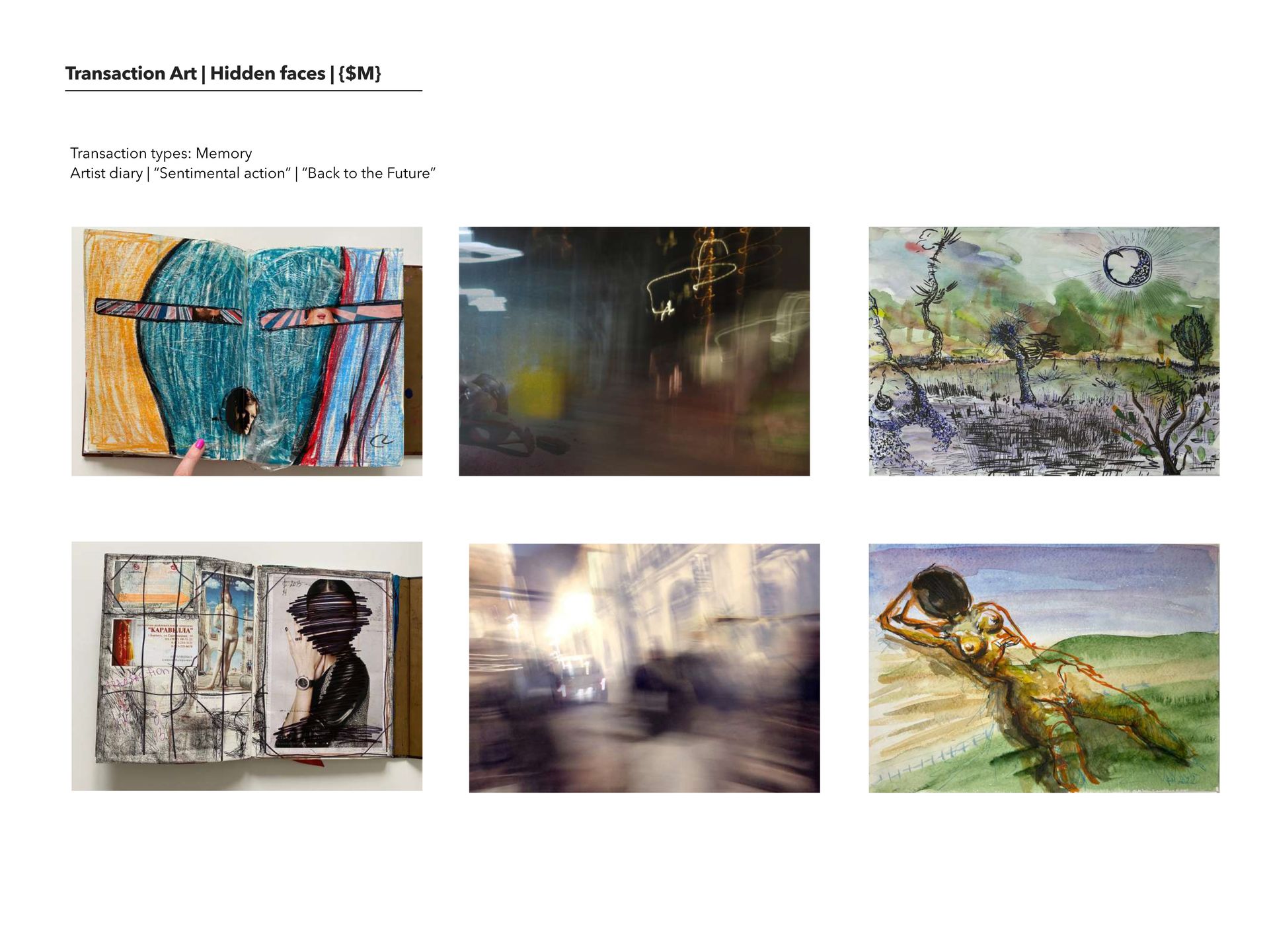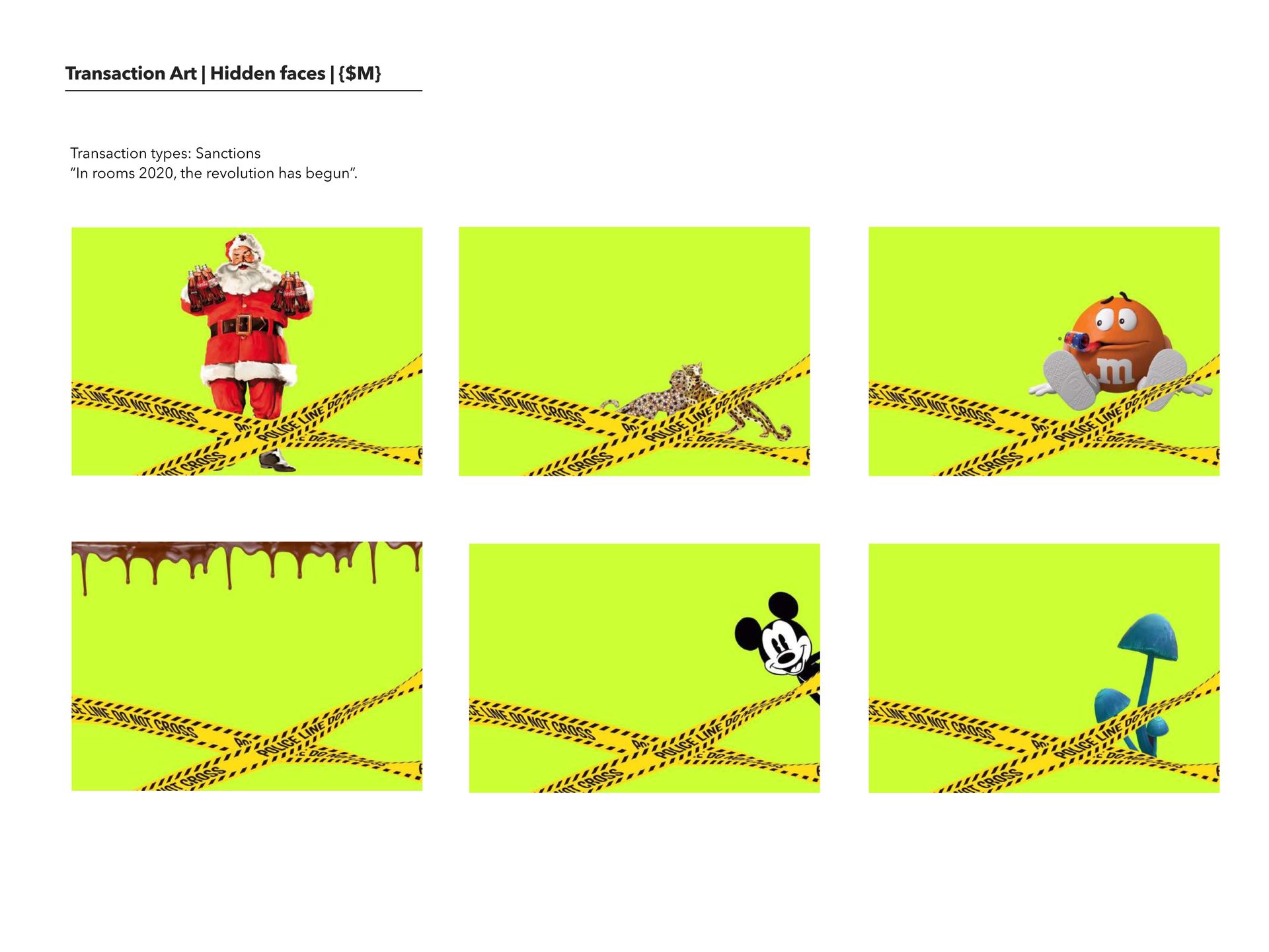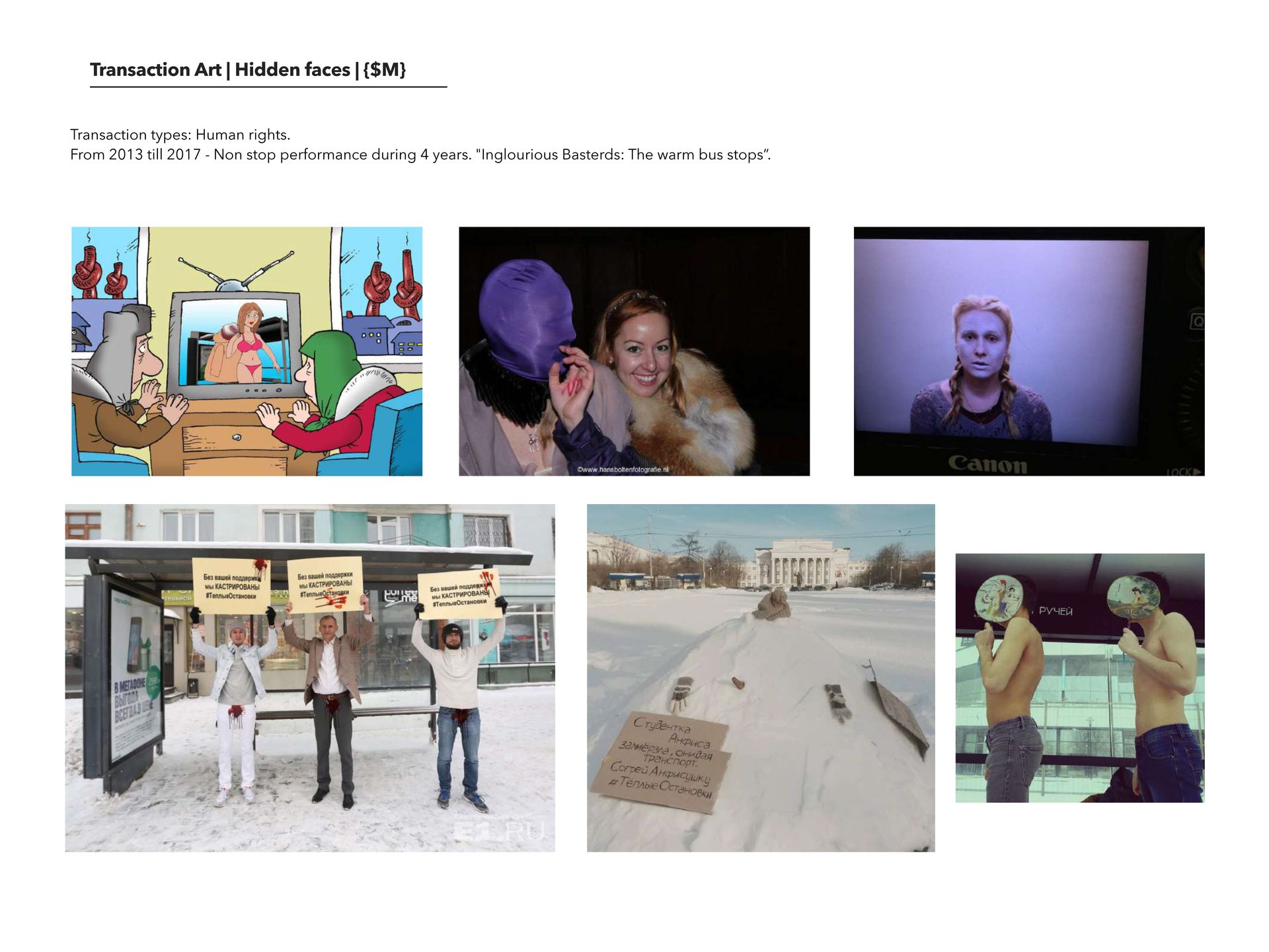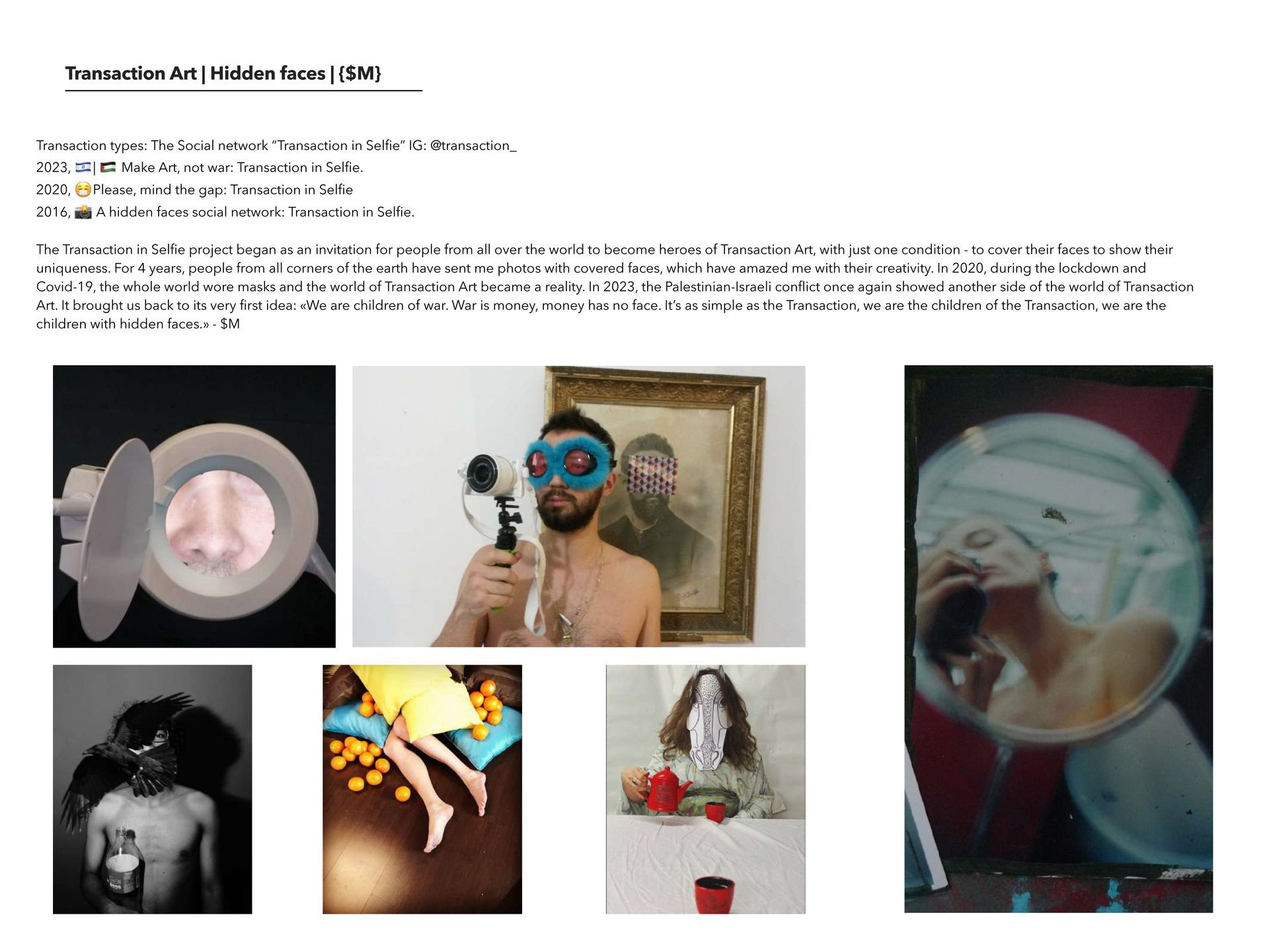Here follows a brief interview with Leni to help art lovers appreciate the motivation behind her work.
Q: Where did you study, and which moments shaped you as an artist?
A: I studied in London, and that period became a turning point. I confronted the reality of the art world — a structure where value is measured by status, influence, and money. A well-known gallerist once told me: “You are nobody until you have a bank account and connections to the aristocracy.” His words hurt, but they also defined my path. From that moment, I began to think of art not only as expression but as a system — and that is how Transaction Art was born.
Q: You once worked in Madonna’s creative collective. How did that experience affect your vision?
A: It revealed the mechanics of energy in art — how image, brand, and emotion turn into a collective experience. Art became a transaction between visibility, capital, and meaning. That understanding is at the core of my work today.
⸻
On Art and Style
Q: How would you describe your artistic philosophy in one sentence?
A: Transaction Art explores how energy, money, attention, and emotion transform into one another.
Q: What does the term Transaction Art mean to you?
A: It’s not a style — it’s a way of seeing. The world functions through endless exchanges: emotional, social, economic. Transaction Art maps these invisible movements and turns them into aesthetic form.
Q: Which work or series became a turning point?
A: Back to the Future. I started it fifteen years ago and couldn’t finish it. The painting resisted me. Only years later did I realize — it wasn’t the work that wasn’t ready; it was me. When I returned to it, the “code” finally opened.
Q: Is your process planned or spontaneous?
A: Both. I begin with a structure, but often the work takes over. The artist becomes a medium, not a master.
Q: Why is the idea of exchange and code central to your practice?
A: Because everything today is an exchange — even love, attention, or silence. Every act carries a cost, visible or hidden. I’m interested in what we pay with — time, memory, emotion.
Q: Your colors and symbols often feel coded. Is that deliberate?
A: Yes and no. Color is a state of consciousness. Sometimes the palette appears before I understand the idea.
Q: Which materials do you use and why?
A: I work across mediums — painting, graphics, digital layers, performance. Transaction Art exists in a multidimensional field where form, text, and action overlap.
Q: How do you know when a piece is complete?
A: When it stops calling me. A finished work no longer needs me; it breathes on its own.
Q: Do you experience creative pauses?
A: Of course. Some works close themselves off. I don’t force them. It’s not a crisis — it’s a signal that I must evolve first.
Q: Which work transformed you most?
A: The system itself — Transaction Art. It lived inside me for twelve years before revealing its code. When it finally did, everything aligned.
⸻
On Inspiration and Influences
Q: Who influenced your thinking and art?
A: Marcel Duchamp, Joseph Beuys, and the philosophers of structuralism and postcapitalism. I’m drawn not to images, but to systems — to how meaning circulates.
Q: What inspires you most — if not other artists?
A: Friction. The tension between chaos and structure, beauty and control. Inspiration is born from contradiction.
Q: In your works, the motif of “facelessness” appears. What does it mean?
A: It’s about the loss of individuality in the economy of exposure. When everything becomes a brand, the face becomes currency.
Q: How did cities like London, Amsterdam, and Tbilisi influence you?
A: London taught me about power structures, Amsterdam — about illusion of freedom, Tbilisi — about premonition and emotional charge. Each carries its own energy field.
Q: Do you believe in the Muse, or is art pure discipline?
A: I believe in systems that become mystical through discipline. When you work every day, the Muse has no choice but to appear.
⸻
“Transaction Art is not about money — it’s about the unseen exchanges that shape our world.
Art, like life itself, is a transaction between the visible and the invisible.”

